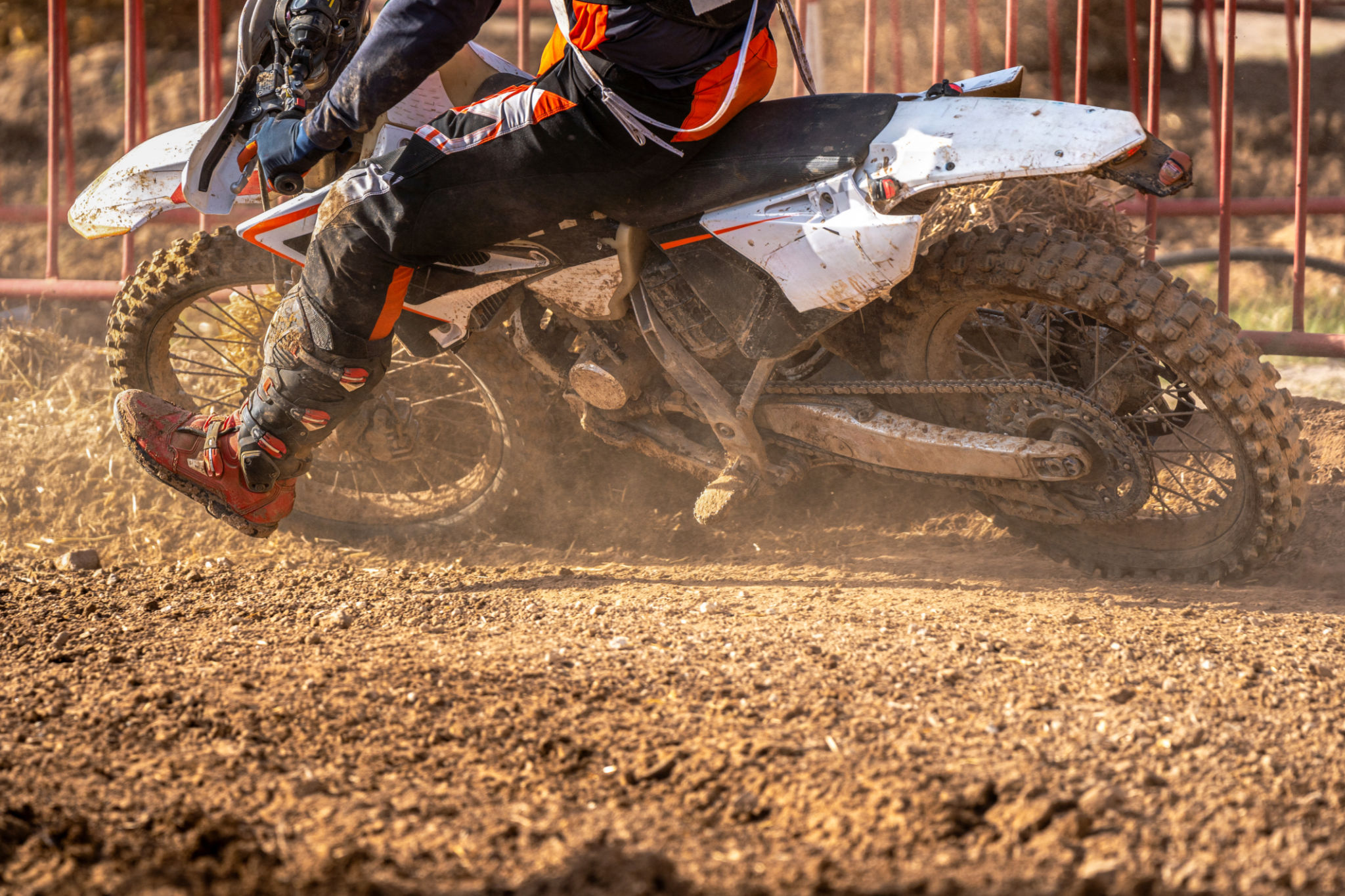Top Tips for Capturing Action Shots in Texas Sports Events
Understanding the Basics of Action Photography
Capturing action shots, especially in the dynamic world of Texas sports, requires a good grasp of photography fundamentals. To start, you'll want to have a solid understanding of your camera settings. Key elements such as shutter speed, aperture, and ISO are crucial in ensuring your photos are sharp and well-exposed. A faster shutter speed is essential for freezing motion, while a wide aperture can help isolate your subject from the background.
Another important factor is the type of lens you use. Telephoto lenses are ideal for capturing distant subjects, allowing you to zoom in without losing image quality. However, if you're close to the action, a standard lens may suffice. Understanding these basics will set a strong foundation for your action photography endeavors.

Timing and Anticipation
In sports photography, timing is everything. Anticipating the peak action moment requires practice and familiarity with the sport you are photographing. Whether it's a football player making a game-winning touchdown or a basketball player leaping for a slam dunk, being prepared to capture these moments is crucial. Observing games regularly can help you predict when these critical moments will occur.
It’s also beneficial to learn the rhythm of the game. Every sport has its tempo, and understanding this can aid you in predicting when significant actions are likely to take place. By honing your anticipation skills, you’ll be more prepared to capture those breathtaking moments.
Positioning and Perspectives
Your position during a sports event can greatly affect the quality of your shots. Try to find a location that offers a clear view of the action without any obstructions. Being at eye level with the players can create more engaging and dynamic photos, but experimenting with different angles can also provide unique perspectives.

Consider varying your position throughout the event to capture different aspects of the game. If possible, move around the venue to find new angles and perspectives. This approach not only diversifies your portfolio but also helps in discovering unexpected moments that might not be visible from a single vantage point.
Utilizing Continuous Shooting Mode
Most modern cameras are equipped with a continuous shooting mode, which allows you to take multiple photos in quick succession. This feature is incredibly useful for action photography as it increases the likelihood of capturing the perfect shot amidst fast-paced movements.
When using continuous shooting mode, it's important to have ample storage space and spare batteries on hand, as this setting can quickly drain resources. Reviewing and selecting the best shots from a series is part of the process, so be prepared to sift through numerous images post-event.

Post-Processing and Editing
Once you've captured your shots, post-processing can enhance them further. Editing software like Adobe Lightroom or Photoshop allows you to adjust exposure, contrast, and color balance to make your images pop. Cropping can also help refine composition by removing any distractions from the frame.
However, it's important not to over-edit. The goal is to enhance the natural beauty of the moment without altering it beyond recognition. Strive for a balance that respects the authenticity of the scene while highlighting its best features.
Getting Involved with Local Events
To improve your skills, consider attending local sports events in Texas regularly. This provides ample opportunities to practice and refine your techniques. Many communities host amateur leagues and school sports events where you can gain experience without the pressure of professional settings.
Building relationships with local teams and sports organizations can also open doors to more exclusive events and opportunities. Networking within these circles can be beneficial for both learning and career advancement in sports photography.
